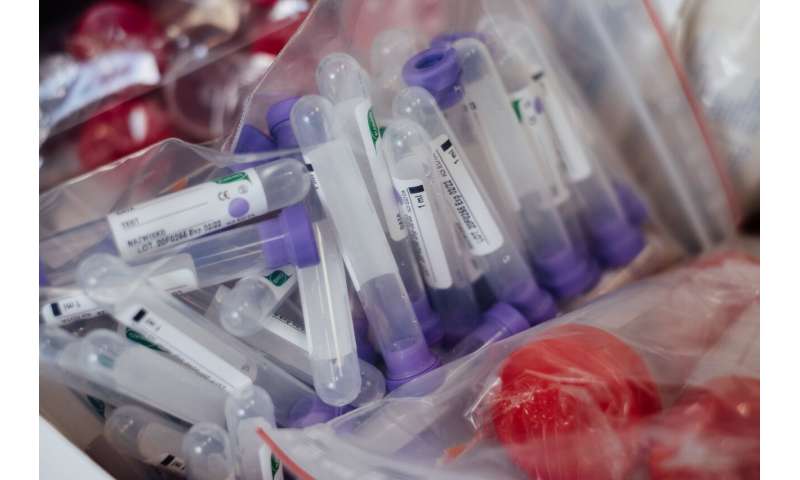Best of Last Week: 3D printing wood, keyhole mining and why COVID-19 patients test positive months later

It was a good week for human evolutionary and biological sciences as a team of researchers from the U.S. and Spain suggested that most human origin stories are not compatible with known fossils—they also note that there is a lack of consensus among scientists studying hominin origins. An international team studying ancient DNA has reported the origins of the first Bronze Age civilizations in Europe. And a team of Italian archaeologists announced that they had discovered the remains of nine Neanderthals in a cave near Rome—a finding that sheds light on the history of the population of the Italian peninsula.
In technology news, 3D printing company Desktop Metal announced that it will begin using wood to print objects—with ink made from lignin and cellulose dust. And a team with members from the University of Cambridge, the University of Oxford, University College London and Avignon Université, wondered whetherenergy-efficient federated learning could save the world. They looked into alternative ways for AI systems to learn that do not involve massive datasets. Also, a combined team from Korea Advanced Institute of Science and Technology and Northwestern University developed an on-skin device able to measure the rate, loss and temperature of sweat in real-time. And an international team of researchers announced that they had developed a new "keyhole surgery" technique to extract metals from underground.
In other news, an international team of medical researchers looked into why COVID-19 is so hard to treat and found evidence showing that the SARS-CoV-2 virus has a unique infectious profile. And NASA announced that the Perseverance Mars rover had captured video and audio of Ingenuity's fourth flight—the first time one craft on another planet captured sounds made by another craft.
And finally, if you are one of the many people who have had COVID-19 and have tested positive for the virus many months later, you might want to check out the results of work by a team with members from the Whitehead Institute and MIT—they found that sequences from the SARS-CoV-2 virus could integrate into the genome of host cells.
© 2021 Science X Network